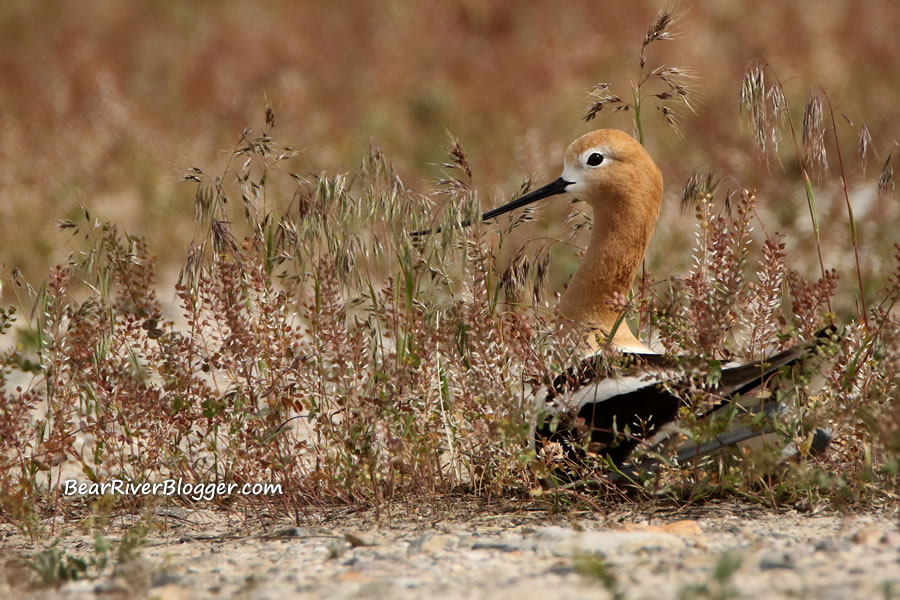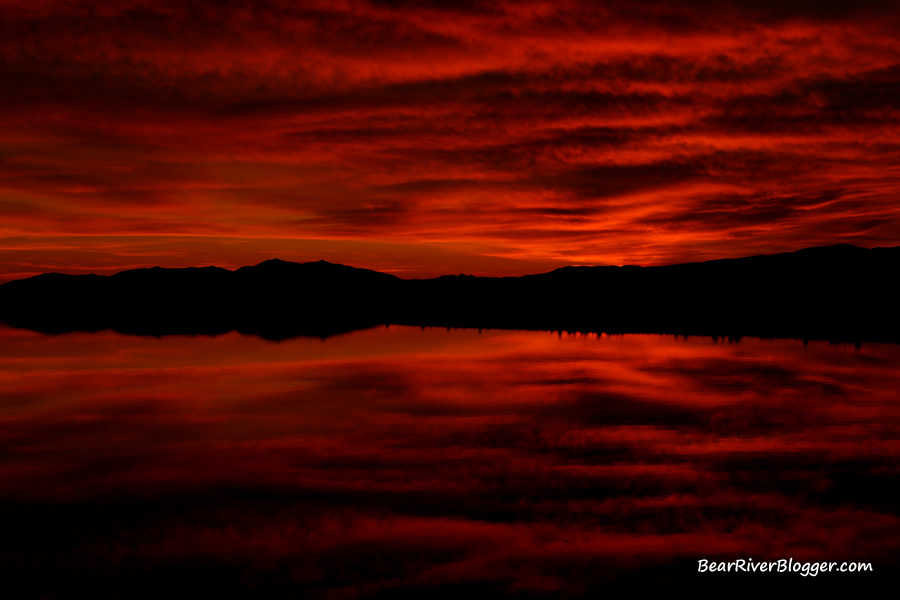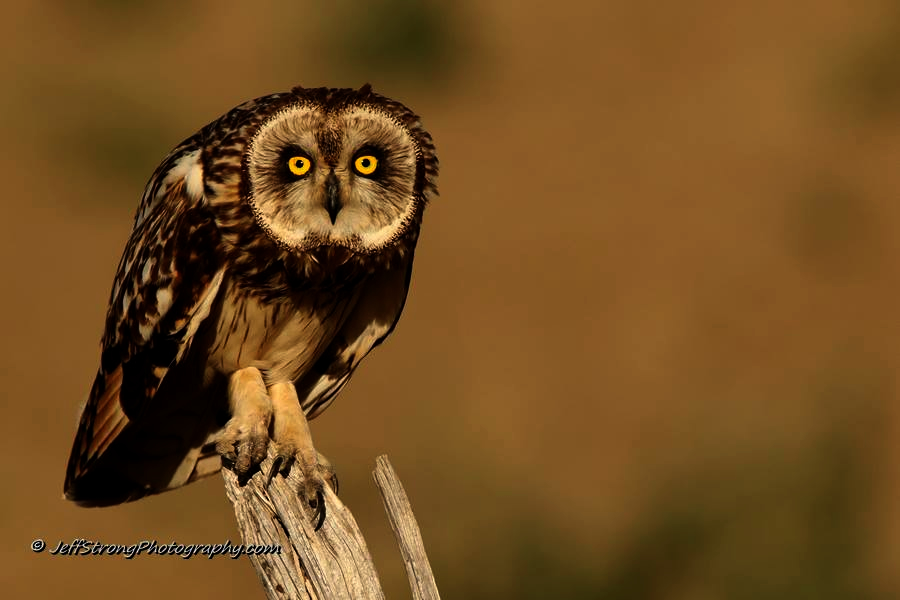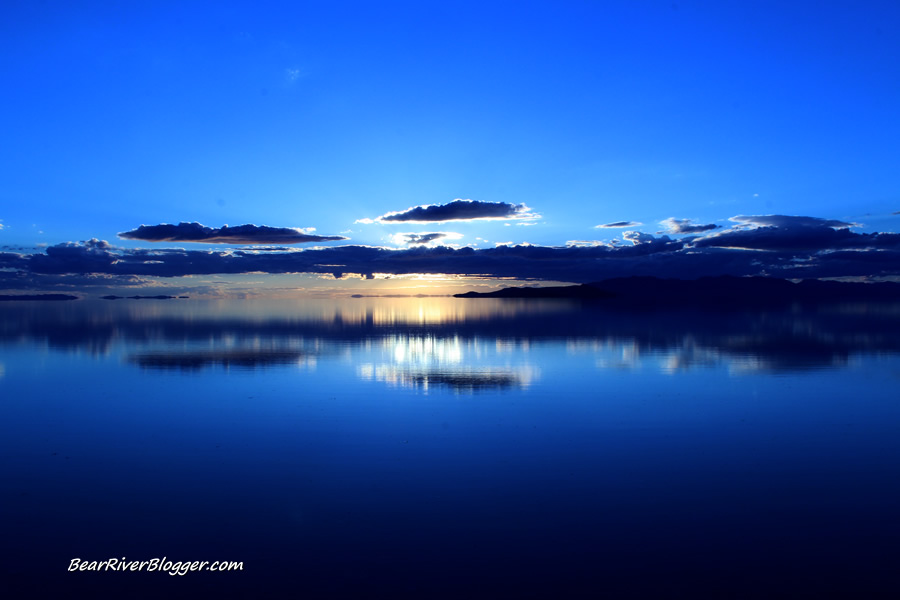It might seem like a counterintuitive proposition to most newly fledged bird photographers, but I am here to tell the story of how underexposing your bird photographs can indeed make a better image, sometimes.
It was about 8 years ago when I was visiting the Bear River Migratory Bird Refuge at sunset.
My initial intent wasn’t to photograph birds but to try and capture a sunset image or two over the refuge wetlands.
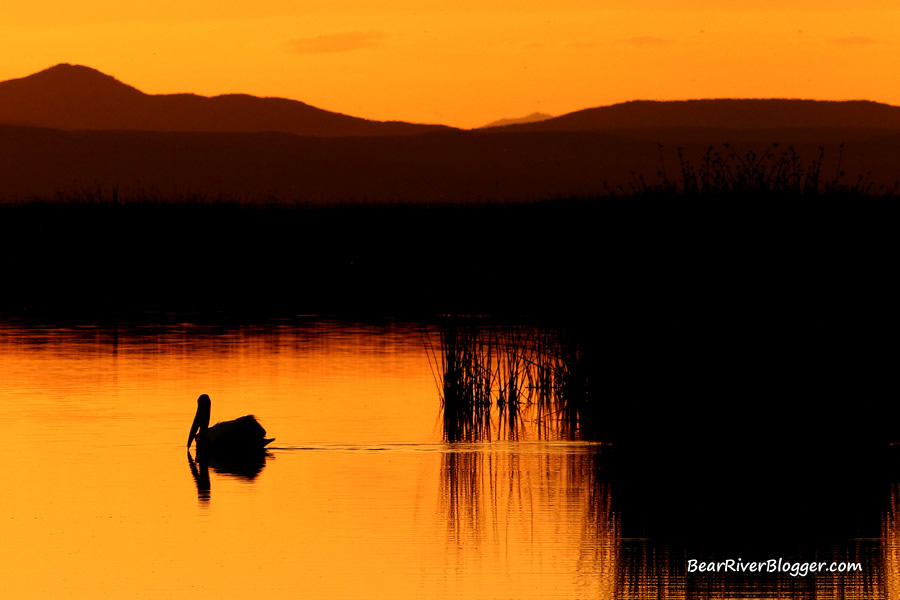
But as luck would have it, the sunset never really came to fruition the way I was hoping for, mostly due to the overabundance of clouds.
As I was standing there cursing the mosquitos and pondering my next move, a lone American white pelican glided in from the north and settled in on the calm waters of the Bear River, and started foraging for fish.
By this time, however, the available sunlight was quickly vanishing by the minute, and my opportunity to go home with at least some kind of image for my efforts was vanishing along with it.
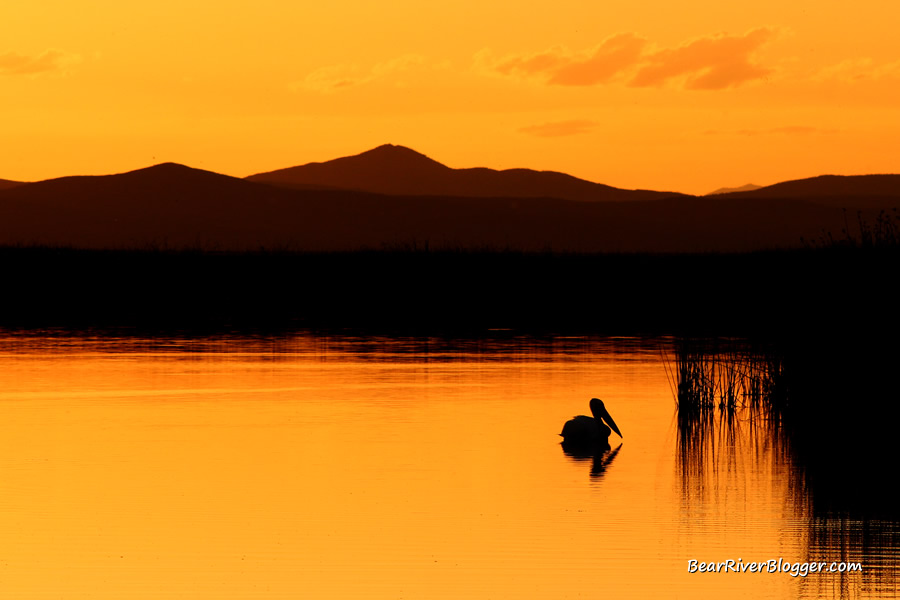
For a brief couple of minutes, however, as the pelican was casually swimming by, the sun broke out from the clouds and painted a most intense orange sky and reflected waters.
The short-lived burst of sunlight was exquisite, to say the least, but, unfortunately, offered way too little light to photograph the pelican without motion blur.
If you have ever tried to photograph moving birds in low light, you can truly understand my frustration at this point.

I was so worried about motion blur from the slow-moving pelican with such low light I decided to try something I rarely do when I photograph birds, I set my camera to a faster shutter speed and purposely underexposed the image.
Underexposing an photo is pretty simple really, it is nothing more than letting in less light than the camera normally would so the image turns out a bit darker than normal.
It can be done in a variety of ways, either speeding up the shutter speed, closing down the aperture, or even lowering the ISO setting.
All of these options will gather and send less light to the camera sensor and, in turn, underexpose the image.
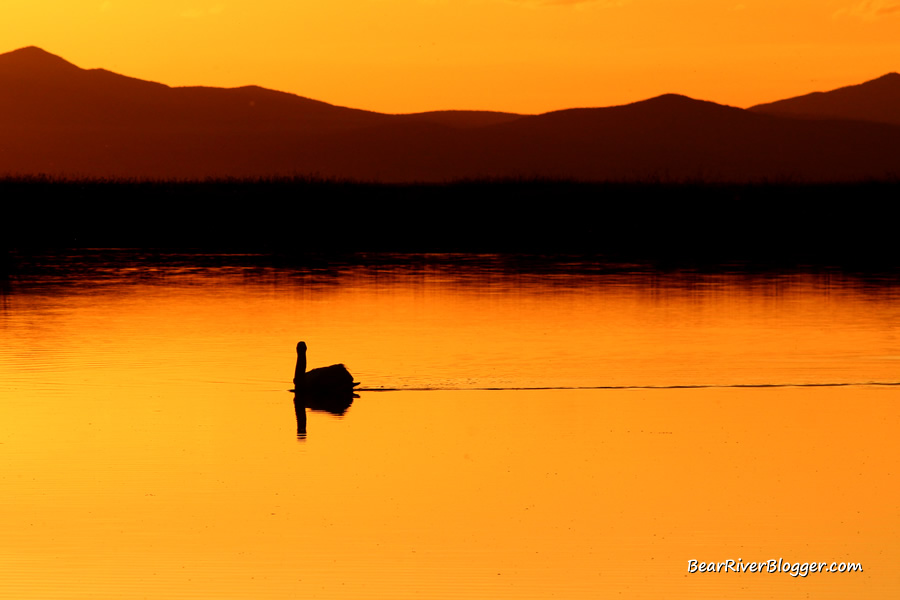
For this instance, I chose to speed up the shutter speed a bit to try and stop the movement of the pelican, and for the most part, it worked.
But by underexposing the image, it also did something else that was unintended but a much-welcomed effect, it boosted up and enhanced the colors quite a bit.
Honestly, I am not sure why this happens when you underexpose an image like this, all I know is it works and works well in certain circumstances such as this.
What I do know for sure from years of underexposing sunset images is it adds a lot more color to the photograph, effectively over-emphasizing the color palette of sorts, as it were.
In times such as this when I needed a bit more shutter speed to stop even the slow motion of the pelican, underexposing helped out quite a bit as I was able to push the shutter speed up to 1/800th of a second.

But as you can clearly see from these images, underexposing will also enhance the image’s color as well.
It doesn’t do this all the time, mind you, as there has to be color there in the first place to be enhanced, but when you do have a lot of colors to work with and you can underexpose the image, it does work quite well.
The only caveat I have found is, because you are oftentimes shooting in low light when this happens, it is pretty hard to stop fast-moving motion so there are circumstances with even the most spectacular light it might not work out so well because of motion blur.
For more posts about nature and photography, I offer you to visit my subscribe page and sign up for email notifications for future blog posts.
Sometimes I write about birds, other times I blog about photography, and at times in between I’ll post up about something cool in nature I found on my travels, both on and off of the renowned Bear River Migratory Bird Refuge.
Either way, I am thankful for all who read and support this website and my efforts to share the things I find in our natural world to be most enjoyable to watch.
Birding Apparel
Use promo code save20 for 20% off this and all items in our online store Bird Shirts and More.




